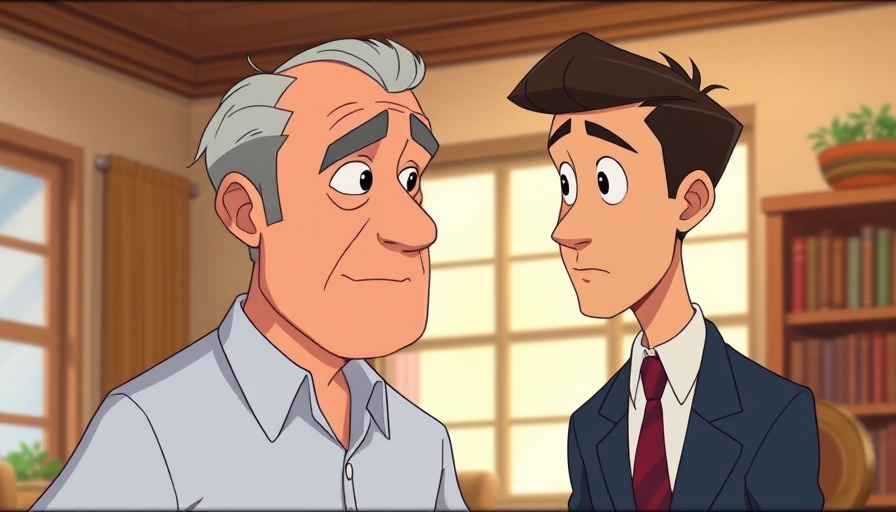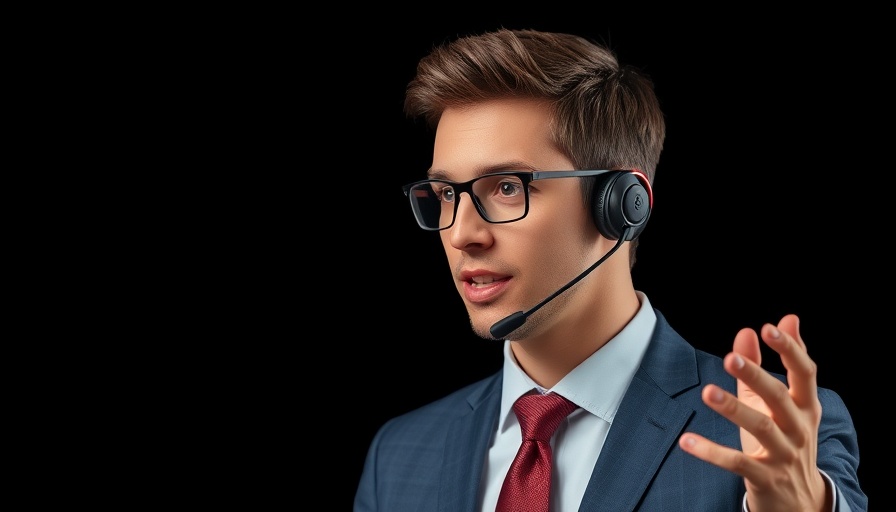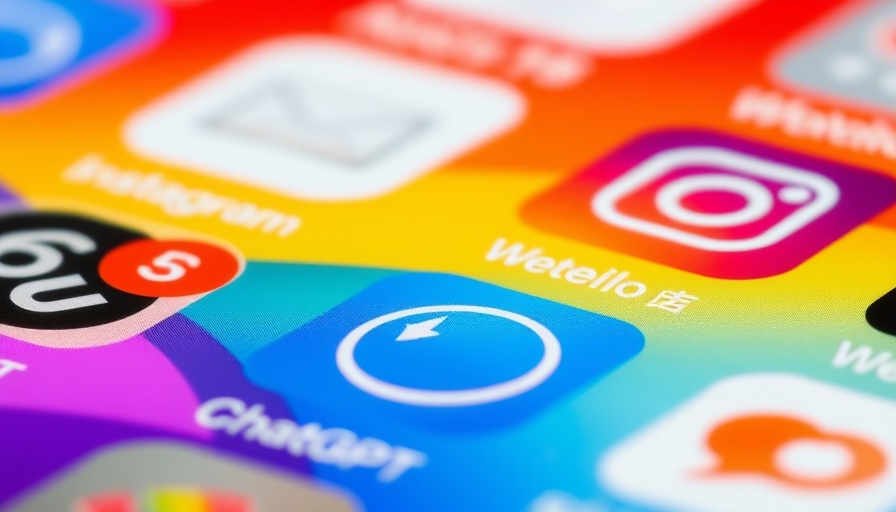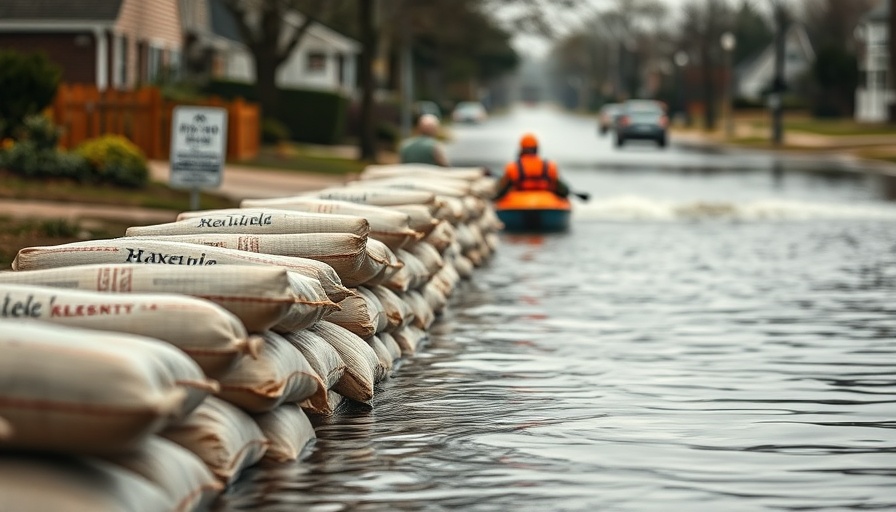
The Controversy Over AI and Copyright
The recent launch of OpenAI's new image-generation tool, known as 4o, has sparked significant debate around copyright in the realm of artificial intelligence. As users discovered the capability to generate images in the style of the renowned Studio Ghibli, questions regarding intellectual property rights emerged. Why can the paid version of ChatGPT, equipped with this new tool, create Ghibli-style images while the free version with DALL-E 3 outright refuses similar requests?
A Deep Dive into OpenAI's Policies
According to OpenAI, the guidelines regarding content generation have undergone notable changes. The company stated that it added a system that triggers a refusal for requests to generate images in the style of living artists. In contrast, broader studio styles are now permitted. Since Hayao Miyazaki, co-founder of Studio Ghibli, is alive, this could mean that individual artistic styles are not to be replicated. Understanding this policy shift is crucial for both users and creators in the AI space.
Mismatched Responses: A Dual Standard?
When testing both the 4o tool and the free ChatGPT service, discrepancies in responses highlight a potential dual standard in AI applications. The free version quickly declined requests for Ghibli-style images based on copyright policies, cementing that this has become a definite line that AI does not cross. In contrast, the flexibility exhibited by the 4o tool raises questions. Is OpenAI navigating a grey area by allowing stylistic renditions from larger studios while maintaining restrictions on individual artists?
Broader Implications of AI Copyright Issues
The implications of these decisions are massive for the creative industry. The integration of AI-generated content into art, movies, and advertising introduces complex copyright challenges. As AI continues to advance, the balance between creativity and intellectual property protection must be addressed. The line between inspiration and imitation is thin, and missteps could trigger legal repercussions for companies and developers alike.
Future of Artistic Creation in the Age of AI
As AI technologies evolve, it is essential to consider how they can coexist with the world of creative arts. Will we see more tools like OpenAI’s 4o that encapsulate the essence of famous styles while adhering to legal standards? Perhaps, as the technology develops, new rules will arise that allow artists to safely draw inspiration from established styles without infringing on copyright regulations. The future may lie in a more collaborative approach between AI and creative artists, establishing a new framework where both can thrive together.
Shaping the Narrative: AI’s Role in Creativity
The conversation around AI, creativity, and copyright isn't just about legal protocols—it's about cultural sensitivity and artistic expression. While technology opens doors for innovation and personalized experiences, it also compels creators to scrutinize how they utilize existing bodies of work. Understanding technological capacities can encourage responsible use and pave the way for new artistic forms while protecting the rights of original creators.
Ultimately, as AI enthusiasts and fans of technology, it is our responsibility to engage with these discussions. By keeping abreast of developments in AI, such as the current controversies regarding tools like OpenAI's 4o, we can advocate for solutions that respect both innovation and existing rights.
What are your thoughts on the relationship between AI and copyright? Join the discussion!
 Add Row
Add Row  Add
Add 




 Add Row
Add Row  Add
Add 

Write A Comment